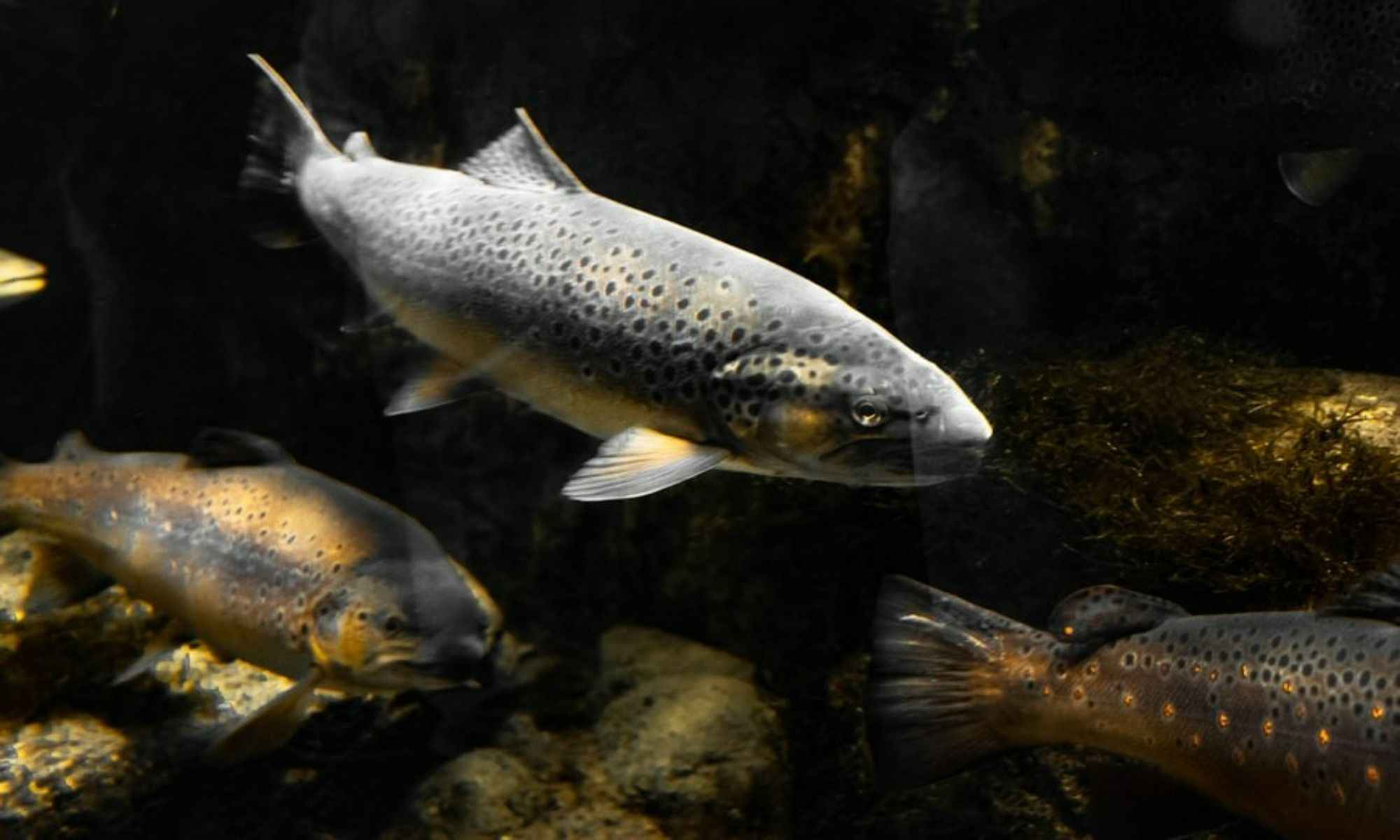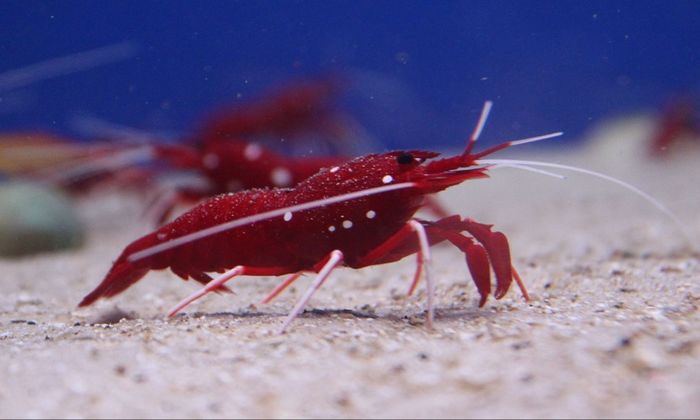The Trout Diet: What Do They Eat?
Read this guide to find more about the trout diet that will help you match the hatch.

Trout are some of the most desirable fish to catch for many fly anglers because they are quite a thrill to catch and offer up delicious table fare. Some of the most sought-after trout in the United States include rainbow trout, brown trout, lake trout, brook trout, and steelhead trout.
There are many techniques to catch your trout of choice. However, the best way to land one is to pick up on its feeding preferences and behavior. Knowing their diet and the seasonal forage available in their immediate environment will help you determine the best plan to catch them.
Trout are opportunistic feeders and will eat just about anything they can wrap their mouths around, but most of them are quite perceptive. Some have been known to refuse lures that appear unusual or out of the ordinary. For instance, if you present a summer insect pattern during winter, they will know right away that something’s not quite right and will not bite, no matter how voraciously they’re feeding.

In this article, we’ll provide you with the basics of the trout diet. Ideally, these should help you determine the most effective lure pattern and presentation for your target catch, or as they say in fly fishing circles, “match the hatch.”
What Do Trout Eat?

1. Aquatic Insects
Aquatic insects are the primary choice for most trout. The most common insects they consume are mayflies, caddisflies, and stoneflies.
Among these aquatic insects, the mayfly is considered a trout staple. Trout are known to consume them in all their four stages: nymph, emerger, adult, and spinner. Look at its tails to identify a mayfly nymph: it should have at least two or three. Its antenna tends to be shorter and its legs long. A mayfly emerger has a shuck, while an adult mayfly looks dull and floats on the water. A mayfly spinner is pretty similar in appearance to an adult.
Some patterns that you can use to mimic mayflies: Adams Dry Fly, Flashback Pheasant Tail
The caddisfly is even more commonly found than the mayfly, so they’re worth noting as well. There are two types: cased and free-ranging. Trout usually feed on the free-ranging types that look like green worms. Once the caddisfly emerges from its pupa, it tends to stay on the surface of the water to dry. That’s when trout usually target it as prey.
Some patterns that you can use to mimic the caddisfly larvae: Green Weenies, Green Rockworms

The stonefly is larger than the mayfly and the caddisfly. Unlike the two, the stonefly never rises to the water’s surface in adulthood. Instead, it can be found along the riverbed and bank.
Some patterns that you can use to mimic stoneflies: Golden stonefly, Kaufmann’s Stone
While trout are usually spotted consuming adult aquatic insects on the water’s surface, they also eat these insects subsurface in their nymph and larval stages. To “match the hatch.” make sure you have a variety of fly patterns in all these stages. Present them where they’re most likely to be targeted by trout.
2. Terrestrial Bugs and Insects
While aquatic insects are trout’s favorite, they won’t say no to any insect or bug that happens to fall into the water. These include grasshoppers, crickets, ants, and even spiders. As long they’re a source of protein, trout are sure to gobble them up. Brown trout, in particular, tend to be quite partial to ants and beetles.
To know which terrestrial bug or insect your target trout will likely bite, inspect the immediate environment of the waterbody you’re fishing.
Some patterns you can use to mimic terrestrial bugs or insects: Flying Black Ant in a black, cinnamon, or red, Dave’s Hopper, Foam Beetle, Amy’s Ant, Turck’s Tarantula
3. Small Fish
Trophy trout eat small fish — even one of their own. What they tend to eat mostly, though, are sculpins, as they tend to be common in trout waters. Other small fish that trout tend to enjoy are chubs, minnows, and bullhead.
Some patterns you can use to imitate small fish: Chuck’s sculpin, Bow River Bugger, Clouser Minnow
4. Crustaceans
Crustaceans are not as commonly found in trout waters, but when they’re around, you can be sure they’re among trout’s favorite protein sources. Crustaceans such as crayfish tend to thrive in warm and still waters, so if you’re fishing for trout in such a water body, having fly patterns that imitate these shelled creatures will guarantee success.
Some patterns you can use to imitate crustaceans such as crayfish and scuds: Standard scud in tan, pink, or orange, Mysis shrimp, Pink Sow Bug
5. Fish Eggs
Trout do not just eat small fish; they consume fish eggs. Adult trout are not above watching for eggs that float out of their nest during the spawning season. Any egg that goes wayward is fair game for adult trout.
Look for ones in orange and yellow egg patterns to imitate fish eggs.
6. Frogs and Mice
While not always at the top of every trout’s list, frogs (as well as toads and other amphibians) and mice still cut because trout will occasionally gorge on these animals if they do happen to fall into the water. They are, after all, a great source of protein and easy prey for trout.
Some patterns you can use to imitate mice and amphibians: Morrish Mouse, Mouserat Fly, Betts Frugal Frog
Know More Than Your Target Trout’s Diet
To guarantee success, it’s not enough to have the correct fly pattern at your disposal. You should also know the environment in which you’re fishing and the behavior of the forage you’re mimicking. You should also know when trout are most likely feeding and where. Warm temperatures tend to activate trout’s metabolism, making them feed more voraciously. Additionally, trout like to feed in warm waters, but the temperature has to be right. If it gets too warm, don’t expect any trout to be feeding there. Hence, it’s best to fish for trout when they’re actively feeding during spring or early summer, particularly right before sunset when the water is still warm but not too warm.



